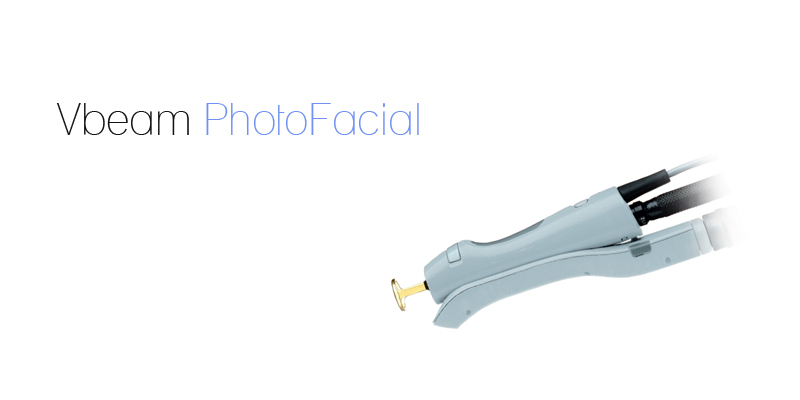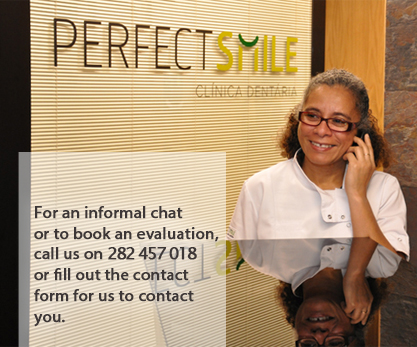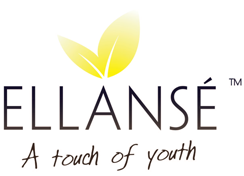 Vbeam PhotoFacial
Vbeam PhotoFacial
Vbeam PhotoFacial involves a series of gentle treatments designed to rejuvenate ageing and sun damaged skin utilizing light. These non-invasive, no down-time procedures improve redness, sunspots, fine lines, uneven tone and pore size to restore youthful skin to the face, neck, chest, and hands.
What are the typical areas that are treated?
Vbeam PhotoFacial can be used on any sun damaged area of the body especially the face, neck, chest, hands, legs and back.
Good candidates for this procedure are people with freckled, discolored, red, blotchy, or those with poor skin texture and/or large pores. In addition, this is a very effective treatment for the redness or dilated blood vessels and the flushing of Rosacea.
How does Vbeam PhotoFacial work?
Vbeam PhotoFacial selectively treats the red or brown spots on your skin. It's the heating and destruction of the pigmented brown or red cells that causes the therapeutic effect. The superficial heating also causes dilated capillaries, which are responsible for the flushing and diffuse redness of Rosacea, to shrink. Rosacea is a chronic condition and cannot be cured, however its appearance can be improved.
When should one start Vbeam PhotoFacial?
Ageing skin is associated with a range of cosmetic concerns - from pigmentation problems and splotchy skin to redness due to enlarged vessels or capillaries. The development of dry, dull skin is also common, adding to an overall lackluster appearance. Other effects include a loss of collagen, which results in the thinning of the skin and loss of structural integrity or weakening of the skin.
Now with the advent of photo rejuvenation devices, virtually any patient in their twenties or above can be a candidate for improving their complexion and brightening their skin.
How can Vbeam PhotoFacial give back a youthful appearance and help the ageing process?
If a mottled complexion with sun spots and splotchy skin to redness due to enlarged vessels or capillaries. The new concept today is to start with photo rejuvenation devices early so as to prevent the deterioration of skin colour as one gets older. Virtually any patient in their twenties or above can be a candidate for a little brightening of their skin with a Vbeam PhotoFacial treatment.
Can Vbeam PhotoFacial be combined with other treatments?
At Clínica Privé, Vbeam PhotoFacial is commonly performed as part of our 3D Skin Rejuvenation™ treatment. This combination is one of the most widely used and most effective methods of achieving a significant clearing of the complexion within 2 to 3 weeks when the effects of Vbeam PhotoFacial rejuvenation become evident. Botox and Fillers can safely be combined with Vbeam PhotoFacial and are commonly performed after the Vbeam PhotoFacial procedure
Is Vbeam PhotoFacial safe?
Many Vbeam PhotoFacial treatments have been administered to our patients with great results with virtually no side effects. We are particularly careful and conservative with the pulsed light procedures. If there is any history of sun exposure within the previous 3 weeks, there is a possible risk of burns which usually resolve without any consequences. Please inform your therapist if you have had sun exposure on the area to be treated in the previous 3 weeks.
Can all skin types be safely treated with Vbeam PhotoFacial?
No, darker skin types 5 to 6 cannot be treated with Vbeam PhotoFacial. If there is a history of tanning in the previous 3 weeks the treatment will have to be rescheduled. Darker skin patients are better treated with peels such beta Peel, Modified Jessners Peel or Cosmelan to improve discolouration.
What To Expect after Vbeam PhotoFacial?
Immediately after the treatment, brown spots will start to darken and your skin may be slightly red. Within one to three weeks, the darkened spots will flake off and fade. Diffuse redness or spider veins will decrease and your mottled complexion will improve. Rosacea is a chronic condition and cannot be cured; however its appearance can be improved and maintained with Vbeam PhotoFacial treatments and the appropriate topical skin care regime. Remember to always apply a broad spectrum sunscreen when outdoors to minimize sun damage, especially after a light-based procedure.










